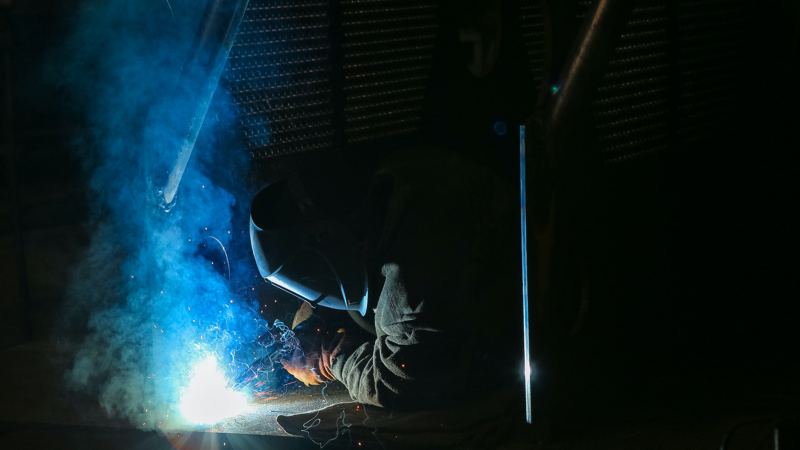
Additive Manufacturing and Its Benefits
Additive manufacturing, also known as 3D printing, is a process of creating a three-dimensional object by building it layer by layer from a digital model. It involves using a machine to deposit layers of material, such as plastic, metal, or ceramic, in a precise pattern to create a physical object.
There are several benefits to additive manufacturing, including:
• The ability to create complex shapes and geometries that may not be possible using traditional manufacturing methods
• The ability to produce customized products, as each object can be created based on a specific design
• The ability to reduce waste, as only the material needed to create the final object is used
• The ability to produce parts on-demand, eliminating the need for large inventory and storage
Additive manufacturing is used in a variety of industries, including aerospace, automotive, medical, and consumer products. It has the potential to revolutionize the way products are designed and manufactured, enabling the creation of products that are lighter, stronger, and more efficient. There are several different methods of additive manufacturing, each with its own unique characteristics and applications. Some common methods of additive manufacturing include:
• Fused Deposition Modeling (FDM): This method involves melting a plastic filament and extruding it through a nozzle to build the object layer by layer. FDM is a relatively low-cost and widely available method, making it a popular choice for prototyping and small-scale production.
• Stereolithography (SLA): This method involves using a laser to cure a liquid resin layer by layer to create the object. SLA is known for producing highly detailed and accurate parts, but it can be more expensive and time-consuming than other methods.
• Selective Laser Sintering (SLS): This method involves using a laser to sinter (fuse) layers of powdered material, such as metal or plastic, to create the object. SLS is known for its ability to produce strong and durable parts and is often used in the production of functional prototypes and end-use parts.
• Direct Metal Laser Sintering (DMLS): This method is similar to SLS, but it uses metal powders instead of plastic powders. DMLS is often used to produce metal parts with complex geometries and is used in industries such as aerospace and medical.
• Electron Beam Melting (EBM): This method uses an electron beam to melt layers of metal powder to create the object. EBM is known for its ability to produce strong and highly accurate parts, making it popular in the aerospace and medical industries.
Overall, the choice of additive manufacturing method will depend on the specific requirements of the application, including the material, accuracy, and production volume needed.
You can use the
It is important to keep the supply chain vigorous and efficient. You can contact us for detailed information, easy procurement processes and effective software.



